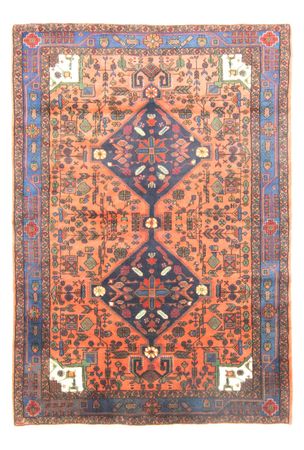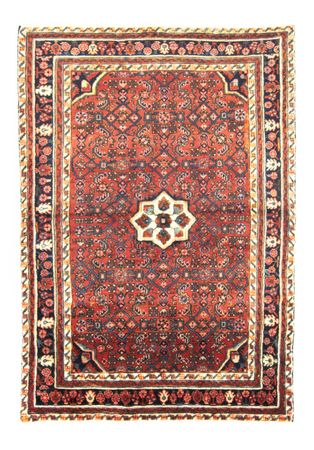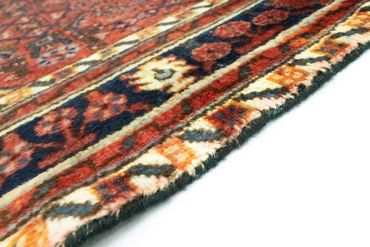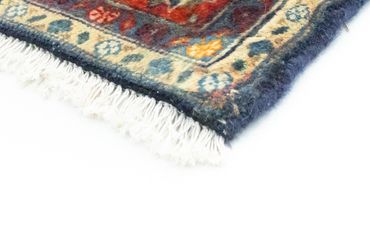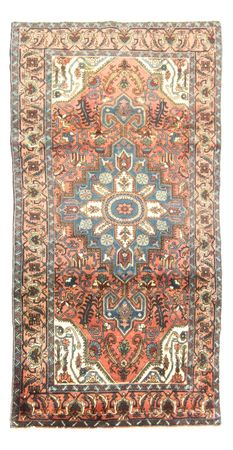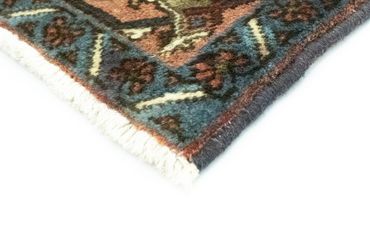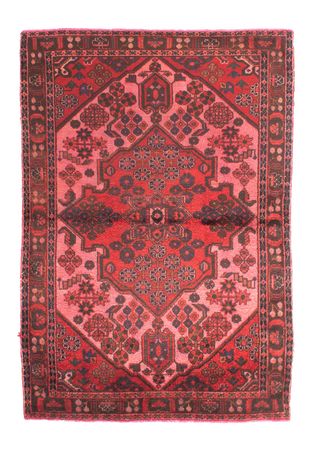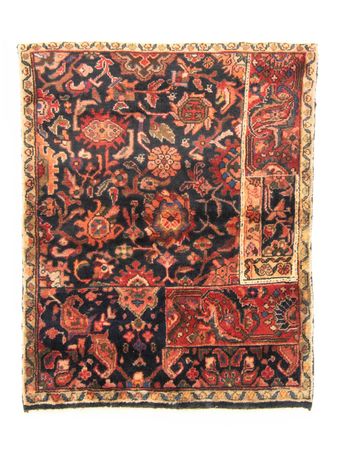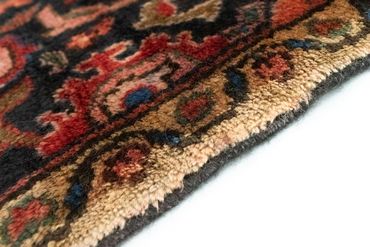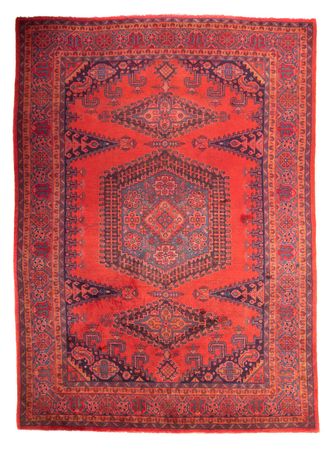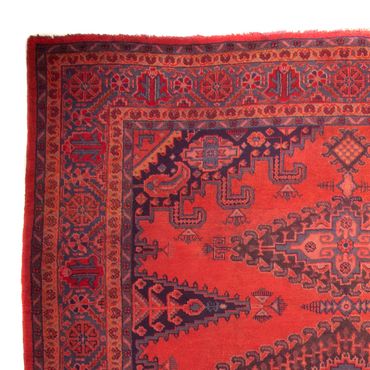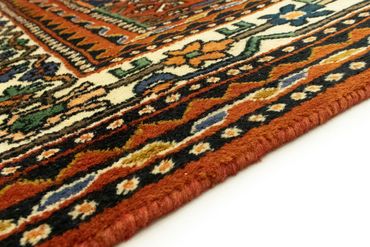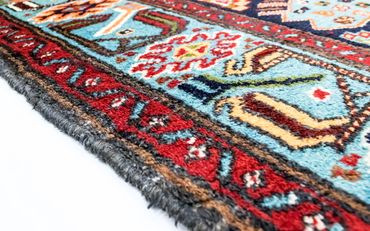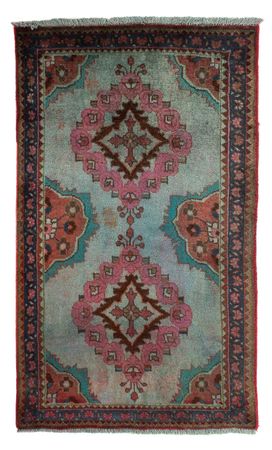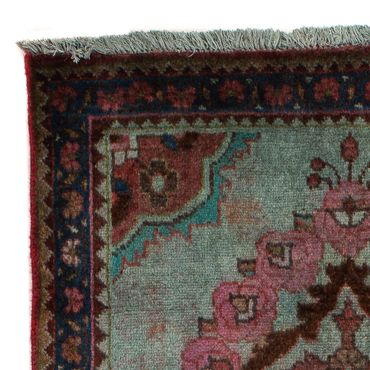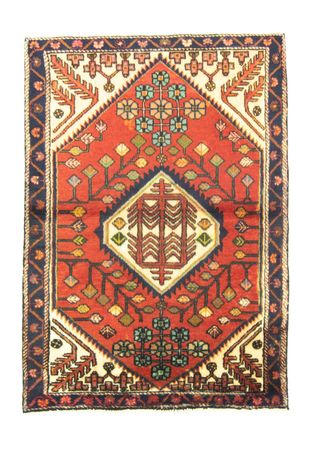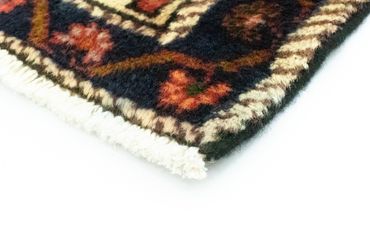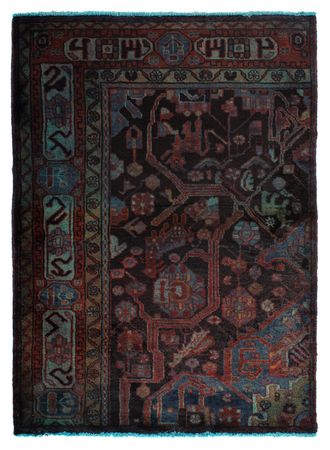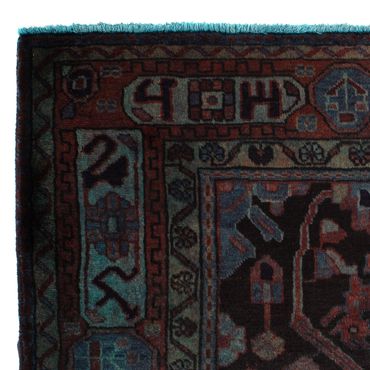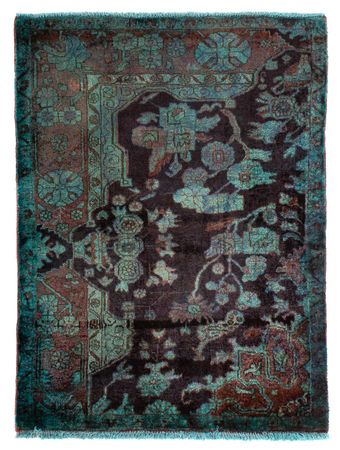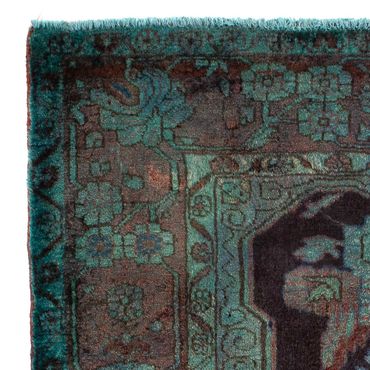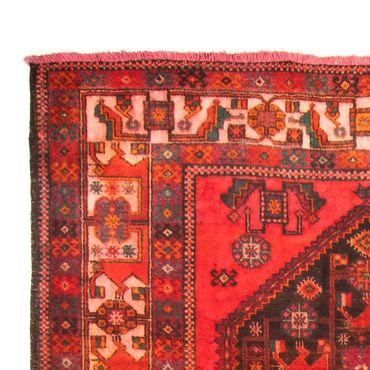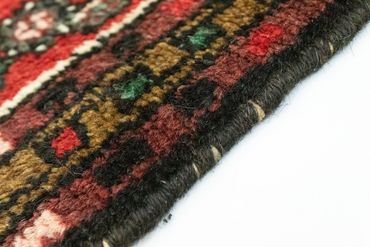- Perser Rug - Nomadic -
164 x 105326 US$800 US$
Hamadan Rugs
(36 Rugs)
Immerse yourself in the fascinating world of Hamadan rugs and their timeless charm
- Perser Rug - Nomadic -
222 x 154512 US$1,186 US$
-
- Perser Rug - Nomadic -
95 x 65141 US$
-
- Perser Rug - Nomadic -
170 x 118333 US$813 US$
-
- Runner Perser Rug - Nomadic -
227 x 129504 US$1,219 US$
-
- Runner Perser Rug - Nomadic -
230 x 116499 US$1,219 US$
-
- Perser Rug - Nomadic -
162 x 112174 US$402 US$
-
- Perser Rug - Nomadic -
148 x 102264 US$599 US$
-
- Perser Rug - Nomadic -
126 x 103200 US$495 US$
-
- Perser Rug - Nomadic -
335 x 225419 US$1,017 US$
-
- Perser Rug - Nomadic -
151 x 103261 US$625 US$
-
- Perser Rug - Nomadic -
394 x 2962,010 US$4,644 US$
-
- Perser Rug - Nomadic -
199 x 130594 US$1,445 US$
-
- Perser Rug - Nomadic -
145 x 115194 US$467 US$
-
- Perser Rug - Nomadic -
125 x 7594 US$215 US$
-
- Perser Rug - Nomadic -
143 x 106265 US$641 US$
-
- Runner Perser Rug - Nomadic -
298 x 148352 US$838 US$
-
- Perser Rug - Nomadic -
144 x 98235 US$539 US$
-
- Perser Rug - Nomadic -
154 x 95278 US$687 US$
-
- Perser Rug - Nomadic -
134 x 95125 US$300 US$
-
- Runner Perser Rug - Nomadic -
257 x 100340 US$848 US$
-
- Perser Rug - Nomadic -
126 x 66149 US$340 US$
-
- Perser Rug - Nomadic -
120 x 97114 US$282 US$
-
- Perser Rug - Nomadic -
168 x 103200 US$477 US$
-
- Perser Rug - Nomadic -
297 x 154258 US$618 US$
-
- Runner Perser Rug - Nomadic -
410 x 80395 US$979 US$
-
- Perser Rug - Nomadic -
65 x 5094 US$217 US$
-
- Perser Rug - Nomadic -
143 x 102142 US$344 US$
-
- Perser Rug - Nomadic -
160 x 96122 US$297 US$
-
- Runner Perser Rug - Nomadic -
390 x 65382 US$917 US$
-
Hamadan: Rugs from the heart of Persia
Rugs made in the western region of Iran, around the traditional city of Hamadan, are among the most versatile and robust Oriental rugs available today. These rugs, which have a long history of craftsmanship, combine timeless elegance with remarkable durability, making them a favorite in both modern and classic homes. Their ability to create a cozy and stylish atmosphere makes them a popular choice for many different applications.
What makes Hamadan so special
Hamadan is located approximately 300 km west of Tehran and serves as a generic term for a wide range of rugs that are hand-knotted in the surrounding villages and towns. This region, characterized by ethnic diversity and a wealth of knotting traditions, produces rugs that can vary greatly in design, quality, and density. From simple designs suitable for everyday use to fine, elaborate examples often known by specific place names such as Nahavand, Malayer, Toiserkan, and Enjilas, Hamadan covers a wide spectrum in the field of knotted Persian rugs.
The Shahr-baff is also found here; a term that refers to exclusive rugs that are knotted in urban or city-like environments. They are characterized by a delicate weave and more complex motifs, which, not least older Hamadan rugs of this type, make them sought-after pieces, especially among collectors and enthusiasts.
From wool to rug
Both hand-spun and industrially manufactured fibers are used in their production, depending on the desired level of the end product. While luxurious Persian rugs are often knotted on cotton warps and made of fine virgin wool, which gives the Oriental rug a special suppleness, cheaper versions often use machine-spun yarns and simpler dyeing techniques.
These are produced in the numerous villages around the Hamadan region and then sold in the city, which is considered one of the most important centers of the Iranian rug trade. The handcrafted production guarantees the high quality and authenticity of each individual rug. The use of durable wool, combined with a high knot density, makes these rugs particularly resistant to wear, making them a long-lasting investment for any household.
Geometry and florals
Oriental rugs are known for their diverse and often elaborate designs, which are influenced by the different knotting traditions of the region. Typically, medallions, geometric structures such as diamonds and repeated shapes (repeat patterns) dominate, giving the rugs a harmonious and balanced look. Particularly noteworthy is the Herati pattern; a classic motif that combines floral elements and diamonds and is found frequently. Despite the prevailing geometric designs, floral drawings such as stylized flowers and tendrils are also not uncommon, adding an additional decorative touch to the rugs.
Traditional rug patterns and their meanings
Pattern | Meaning |
Boteh | Eternity and the cycle of life |
Herati | Happiness and prosperity |
Mihrab | Prayer and spirituality |
Gul | Flower, stands for beauty and nature |
Shah Abbasi | Splendor and nobility, named after Shah Abbas |
Naturally beautiful colors - blue, red, and more
The color palette of Persian rugs is as diverse as their styles and reflects the natural resources of the region. Traditionally, rich blues, derived from the indigo plant, and warm reds, from the madder root, dominate. These vibrant primary colors, which provide beautiful contrast, are often complemented by ivory and beige highlights from walnut shells, which add depth and contrast to the patterns while creating a harmonious balance. They are biodegradable and durable. The use of natural dyes not only adds to the aesthetic appeal of the rugs, but also ensures that the tones age beautifully over time, developing an appealing patina.
They are often a sign of ethical and sustainable handcrafted products. These practices support traditional artisan communities and help preserve ancestral techniques that are increasingly threatened by industrial manufacturing methods. These techniques have been used for centuries and are a sign of the high level of craftsmanship and knowledge that is passed down from generation to generation. The manual dyeing of the yarns also contributes to the uniqueness of each rug, as the shades may vary slightly, thus emphasizing the handcrafted character.
Shiny Persian rugs for all rooms
The hand-knotted rugs, known for their sturdiness and durability, are ideal for high-traffic areas of the home, such as hallways and entryways, where they serve not only as a decorative element but also withstand daily wear and tear. They also create a warm and welcoming atmosphere in living rooms and dining rooms, while their soft texture and soothing tones create a cozy and relaxing environment in bedrooms. Their versatility makes them suitable for almost any room in the house, adding a touch of oriental spirit.
Wide range of formats
Hamadan rugs are available in a wide range of sizes and shapes to suit different needs and preferences. From small rugs that look perfect in narrow corridors or in entrance areas, to large-area rugs that can act as a central eye-catcher in a living room, they offer numerous interior design options. Most rugs are rectangular; however, there are also square and round variants that fit harmoniously into various room concepts.
In the classic style, you will also find the rugs in our shop in the so-called Saronim sizes. This term is common in Persian rug tradition and corresponds approximately to 1.5 x 1 meter. These dimensions were formerly used for seating, or for ceremonial and cultural purposes. Saronim rugs are particularly practical for special placements, such as in entryways or as accent pieces in living rooms and bedrooms.
Easy-care Oriental rug
Caring for Hamadan rugs is relatively straightforward, but a few basic rules should be followed to preserve their beauty and longevity. Regular vacuuming, ideally without a brush attachment, removes dust and dirt particles that can get stuck in the pile. Stains require quick attention: these should be gently dabbed with a damp cloth and not rubbed to avoid damaging the fibers. A professional cleaning every few years is recommended to remove ingrained dirt and refresh the color scheme without affecting the natural patina of the rugs.
Hamadan rugs – style and tradition combined
Rugs from Hamadan are an excellent choice for those who appreciate classic beauty. Their variety of patterns and tones, as well as their careful craftsmanship, make them an outstanding example of Oriental rug art that fits into both classic and modern interior design styles. Their robust nature and aesthetic versatility make them not only a practical floor covering but also a decorative highlight that enhances any room and creates a warm, inviting atmosphere. Add a piece of oriental soul and craftsmanship to your home that can last for generations.
FAQ
What makes rugs from the West special?
The city of Hamadan is located around 300 km west of Tehran. The multitude of villages in the province generally produce high-quality utility rugs. They enjoy a good reputation and are hand-knotted and decorated with patterns that feature geometric and floral designs. The use of high-quality virgin wool and traditional craftsmanship common to Persian rugs make them durable and hard-wearing rugs.
Are they a good choice for high-traffic areas?
Yes, due to the great expertise in using robust materials and dense knotting, they are excellent for high-traffic areas such as hallways, entryways and living rooms. They withstand daily wear and tear and retain their shape and color for many years, making them a practical and long-lasting choice.
What patterns and colors are typical?
Typical motifs include geometric shapes, medallions, and the Herati pattern, which consists of diamonds and floral elements. The colors are predominantly strong reds and blues, which are clearly Persian and produced by natural dyes such as indigo and plant dyes (e.g. madder). Beige and ivory tones, often obtained from walnut shells, round off the color palette and create harmonious contrasts.
How do you properly care for rugs?
They are relatively easy to care for. Regular vacuuming without a brush attachment helps to remove dust and dirt. Stains should be dabbed immediately with a damp cloth without rubbing, to avoid damaging the fibers. Professional cleaning every few years can help to refresh the color spectrum and remove ingrained dirt. When well cared for, they can be passed down to future generations as heirlooms.


